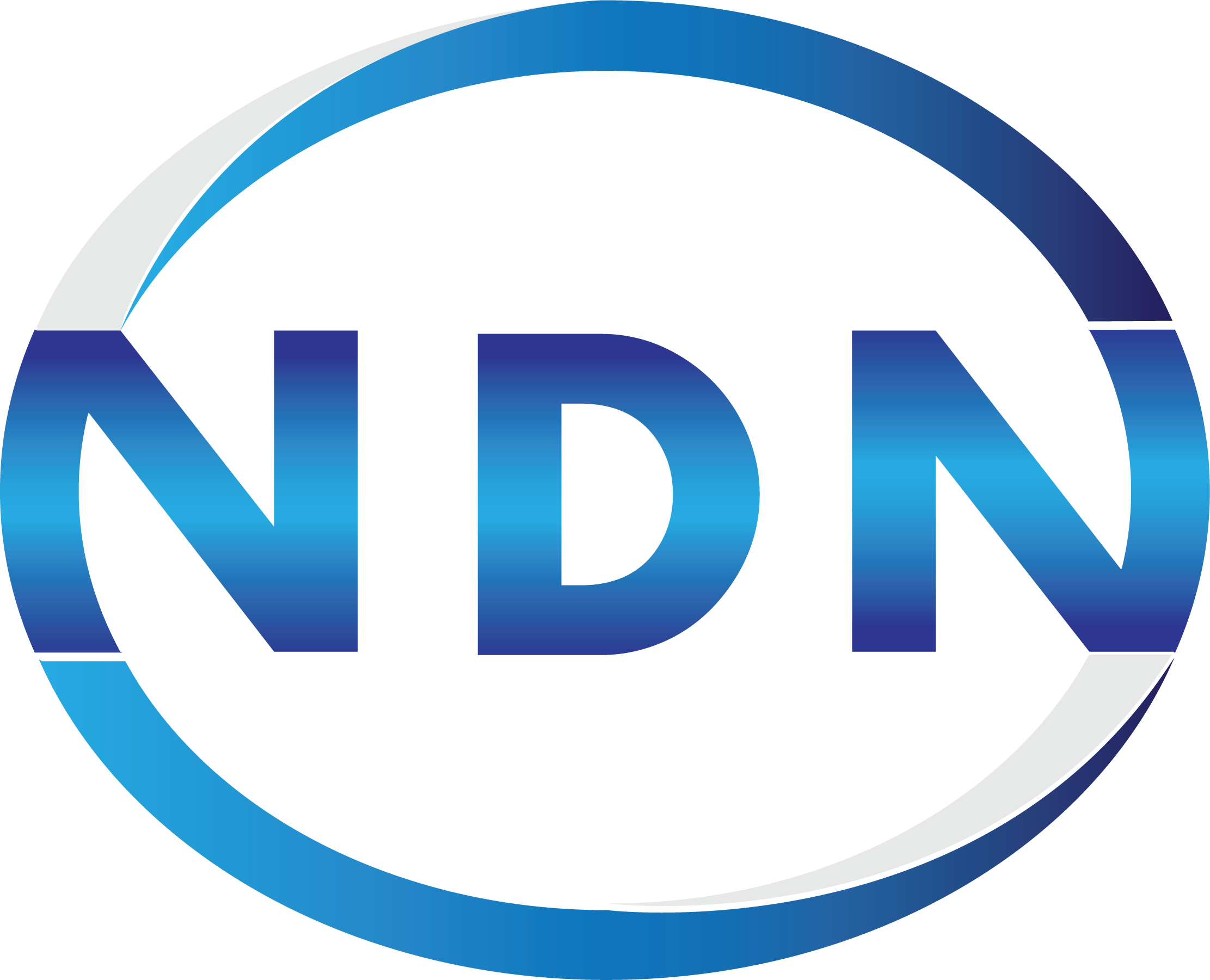![]()
The free cash flow to firm (FCFF) metric is the cash available to all the firm’s stakeholders, which comprise debt lenders, preferred stockholders and common shareholders. Notably, we didn’t just include D&A as the non-cash expense but also non-cash losses (gains) and deferred income taxes (as discussed previously), which technically makes this calculation more accurate. This distinction is made because stock-based compensation, reflecting the cost of equity financing, uniquely impacts shareholder value, setting it apart from other non-cash adjustments. As a result, the total of these relevant non-cash items is $7,998M ($13,861M (D&A) + 196M (Non-Cash Losses (Gains)) – $6,059M (Deferred Income Taxes)).
How to Use the Direct Method to Calculate Cash Flow from Operations from the Cash Receipts and Cash Payments?
- CapEx is another item that both EBITDA and Cash Flow from Operations ignore, making both metrics less reliable indicators of a company’s discretionary cash flow.
- One final note — When considering the impact of foreign exchange (forex) items, often located at the bottom of the cash flow statement, they can be factored into the FCFF calculation, particularly when they are significant and recurrent.
- The value of a company i.e. the value of both its equity and debt equals the present value of the company’s free cash flow to firm determined using the weighted average cost of capital of the company.
- FCFF is the cash available to investors after a company pays its costs and invests in assets like inventory and equipment.
On the other hand, an increase in current operating liabilities, like accounts payable (AP), indicates delayed payments to suppliers/vendors, which temporarily retains cash within the company. Funds from operations (FFO) is a Outsource Invoicing measure similar to cash flows from operations (CFO) which is used in valuation of real estate investment trusts. Further, the value of a company’s equity can be determined by discounting the FCFE using the company’s cost of equity while the FCFF when discounted at the WACC gives us the firm value.

What is Free Cash Flow Conversion?
Calculate Cash Flow From Operations (CFFO) is a measure of the level of cash generated from daily business operations. It’s an important factor in determining a company’s financial health and gives investors insights into the firm’s ability to generate cash for growth, dividends, or debt repayment. CFFO includes items such as cash receipts from sales and services, net sales, cost of goods sold, principal repayments on finance lease obligations, operating expenses, taxes paid, depreciation and amortization, among other items. By examining the CFFO line item on a company’s balance sheet, investors can make informed decisions about whether or not it is worth investing in the company. The indirect method of calculating CFO starts with the net income from the income statement, and then adjusts it for non-cash items and changes in working capital. Non-cash items are expenses or revenues that do not affect cash, such as depreciation, amortization, gains or losses on asset sales, etc.
- For a lender, CFO is critical in determining a property’s ability to service debt, and it’s often a key covenant in loan agreements.
- The dependence on net income might also mask real cash flows due to accounting conventions and non-cash expenses.
- On the other hand, if accounts payable (A/P) were to increase, the company owes more payments to suppliers/vendors but has not yet sent the cash (i.e. the cash is still in the company’s possession in the meantime).
- It can be calculated using either the direct method which finds out actual receipts from customer and payments to suppliers and others, or the indirect method which adjusts net income to arrive at net cash flow from operations.
- Cash flow from operations (CFO) represents the net cash flow of a company from its core operating activities.
- It can help an investor gauge the company’s operations and see whether the core operations are generating ample money in the business.
- Since FCFF represents cash flows to all claimants in a firm, not just equity holders like free cash flow to equity (FCFE), it’s also known as unlevered free cash flow (UFCF).
What’s the Formula Used to Get Free Cash Flow?
It represents the amount of cash generated by a company’s regular business operations, without accounting for capital expenditures or investment income and expenses. CFO is a critical unearned revenue metric for investors and analysts as it provides a clear picture of a company’s financial health, indicating whether a company can maintain and grow its operations without requiring external financing. CFO measures the amount of cash generated by a company’s core business activities, excluding the effects of financing and investing activities.

FCFF from EBITDA conversion and analysis is a crucial step in evaluating a company’s financial health. Both the above terms are very commonly used in the financial market for fundamental analysis cffo formula of stock or any other type of asset. FFO per share is used as a carefully scrutinized metric to gauge a REIT’s profitability per unit of shareholder ownership. Funds From Operations is further used as general valuation multiple and P/E multiples. EPS plus non-cash charges are used t value the equity component of the firm as cash available to the debt holder is already deducted. There are various proxies for cash flow that may be used when calculating cash flow multiples.

No responses yet